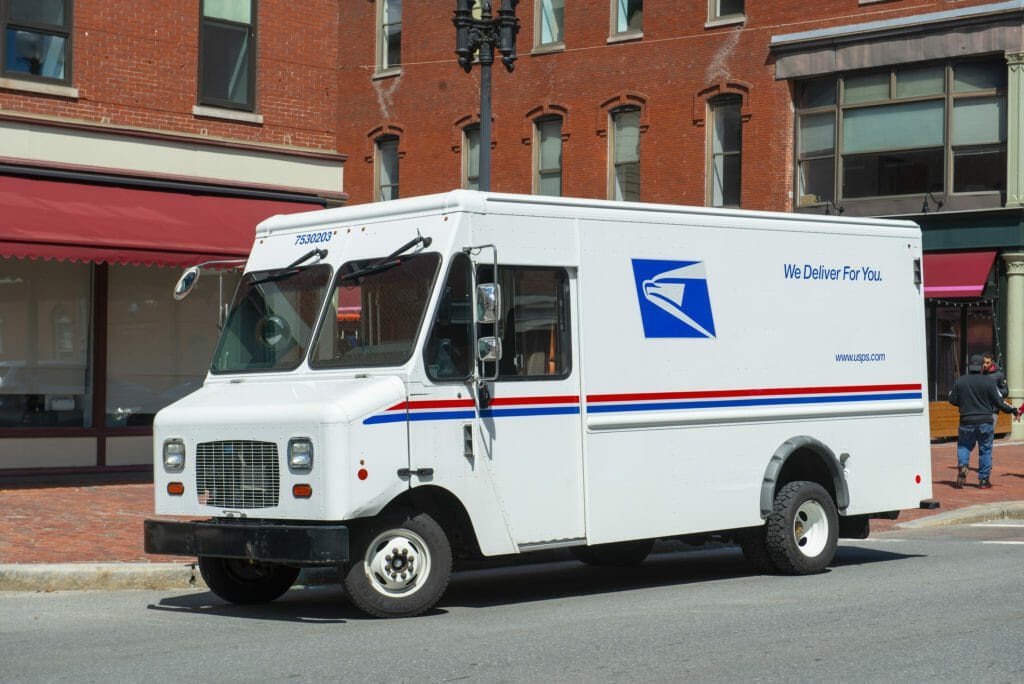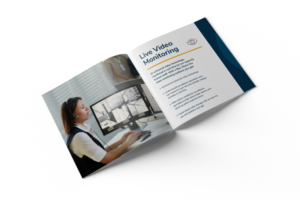
Preparing Your Business Security System for the COVID-19 Pandemic
The coronavirus pandemic (COVID-19) is shifting most day-to-day work operations from the office to the home. While some businesses are deemed essential services—grocery stores, gas stations, pharmacies, and banks, to name a few—many workers are being urged to stay home and where possible, work remotely. For the time being, many office and retail spaces are unoccupied, and therefore more vulnerable to intrusion and fire. Whether your business operations are suspended or have moved fully remote, or you are deemed an essential service and your company is still operating out of your physical business location, you want to be sure that your business is safe and your security systems are functioning properly.
It is important to check the status and functionality of your business’s security system if you are transitioning to remote work.
It’s relatively simple to manage business security during a typical day. When you’re physically present at work, you can ensure the burglar alarm is armed, hear any fire alarms that go off, and if you have an access control system, monitor how people move throughout your building. However, if you are not working onsite, you will no longer have the first-hand security knowledge that you do during a normal workday.
You can get the most out of your security systems if you take a few precautions before you leave for home.
Double check security cameras, burglar alarms, and smoke detectors.
Since you’ll be gone for an indefinite period, now is the time to ensure your systems are working as they should.
Burglar Alarm – If your burglar alarm is professionally monitored, call into your service provider to ensure that the system is connected and working properly. Most burglar alarms display their system status on the control panel, so if your system is not monitored you can still check the status of each individual component.
Security Cameras – Log in to your account and view each cameras’ live video feed. If even one camera is not playing live video, then you should contact your security provider to rectify the problem. It’s also important to note which areas you want the security cameras to cover while you’re away. If you don’t have a camera recording the front entrance, a more vulnerable location than an empty hallway, then you should reposition the camera to face the entrance. If you are unable to monitor your business as you would normally, you may also want to consider subscribing to video verification services, which bolster the effectiveness of your burglar alarm and security camera systems. Through this service, when your burglar alarm is tripped, business security professionals like those at Bay Alarm can use your cameras to verify whether it’s a true emergency and dispatch the authorities, or disarm the alarm in case of a false alarm.
Access Control and Remote Access – Log in to your access control dashboard and configure appropriate settings, like disabling electronic key access. Any person with an electronic key will not be able to use it to gain access to the building during this work-from-home hiatus.
Stop mail delivery and/or divert mail to your home.
Another great way to reduce risk while you work remotely is to discontinue mail delivery. Mail that piles up outside your door is an obvious sign that the building is empty. The Postal Service’s online Hold Mail Service is free, and makes it easy to schedule the suspension of mail delivery. If you believe you’ll be working remote for an extended period, you will need to sign up for the USPS’s Premium Forwarding Service Commercial service. Instead of holding mail, USPS will package and deliver the mail to wherever you are.

If your business is not moving remote, train and update staff on security procedures.
Business managers, executives, and owners are often the ones trained to use burglar alarms, access control systems, and fire alarms. Managers should take the time to train personnel to access, monitor, and operate burglar alarm and fire alarm systems. In this case, you will need to add additional system users so that newly trained individuals will have access to the security system. This will help to alleviate any security issues that come up when a manager is not present at work.
Another factor to consider is the spread of germs. People all over the world are being urged to practice social distancing, which is intended to limit the spread of COVID-19. In the workplace, staff often work near each other and touch the same surfaces. While most security systems can be operated from a personal computer or smartphone, some access control systems require the use of PIN pads or fingerprint scanners. If everyone is touching the same keypads or fingerprint scanners, the spread of germs can be widespread. However, you can temporarily disable access control from your system’s control center, reducing the surfaces that people touch. If you consider access control an essential function of your business, some security providers offer personal identification key fobs, which are distributed on an individual basis and can limit the spread of germs.
Finally, review your client and vendor visiting policies. When scheduling a sales, installation, or service appointment, update your visitor on security procedures that might have recently changed.

